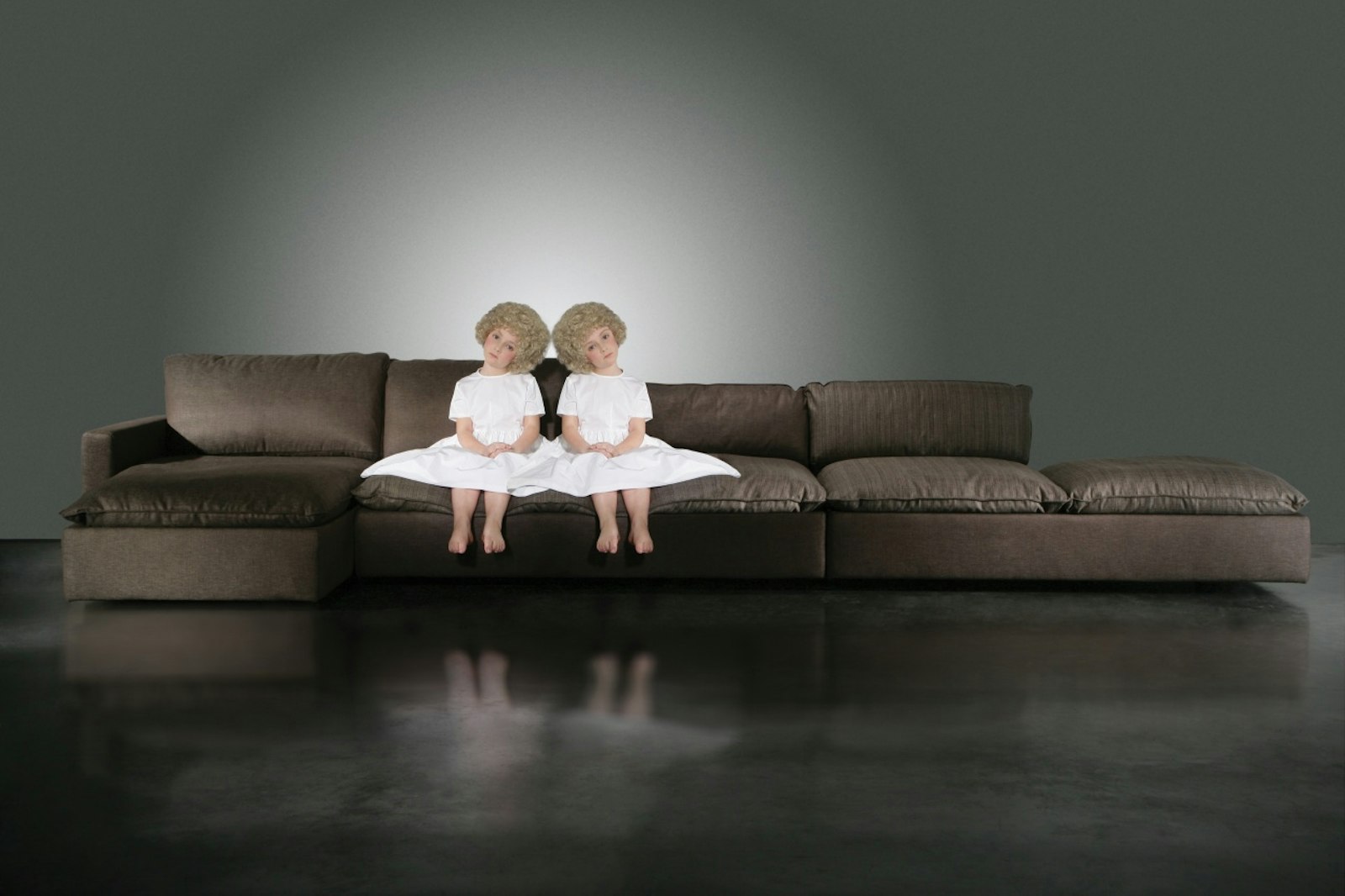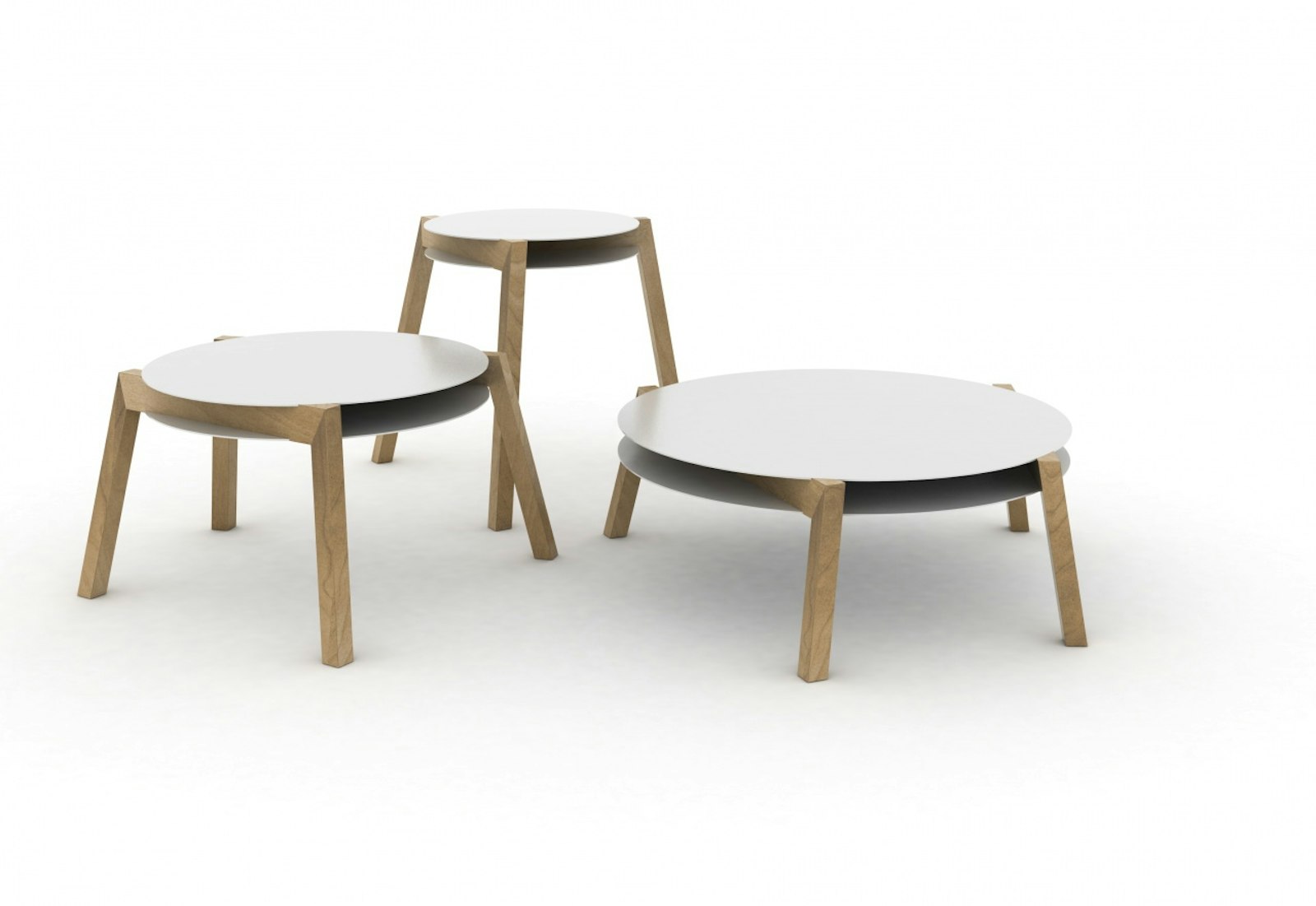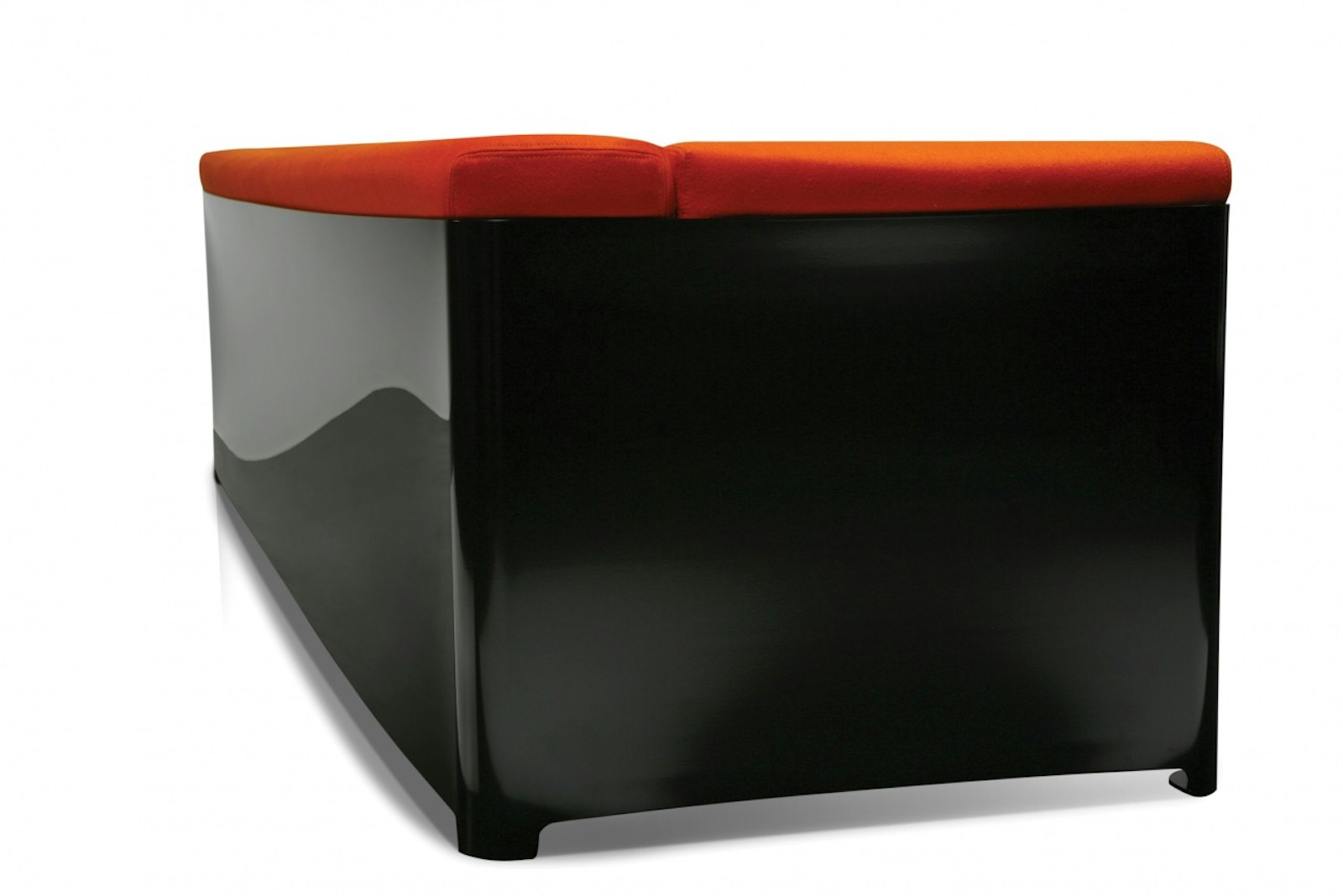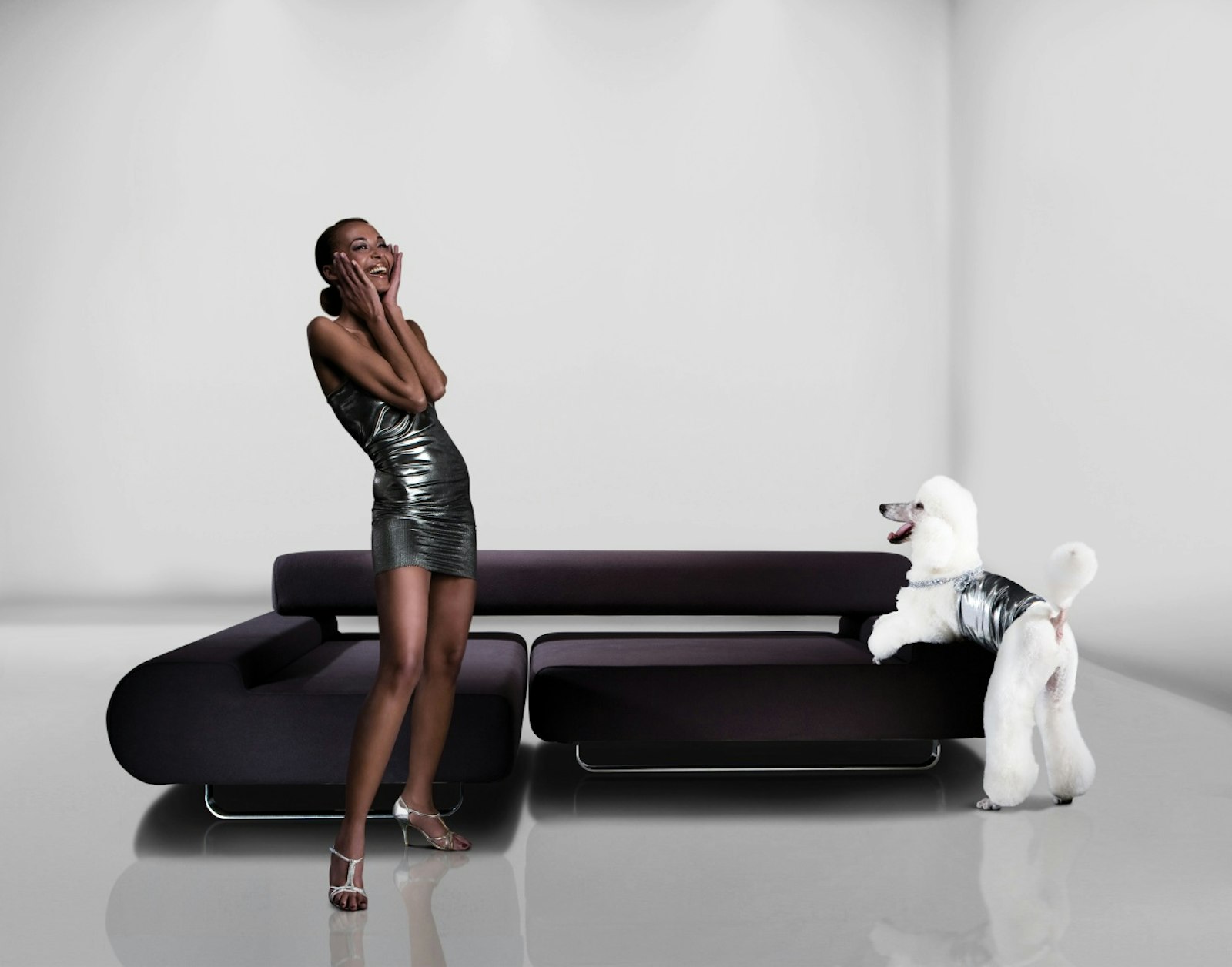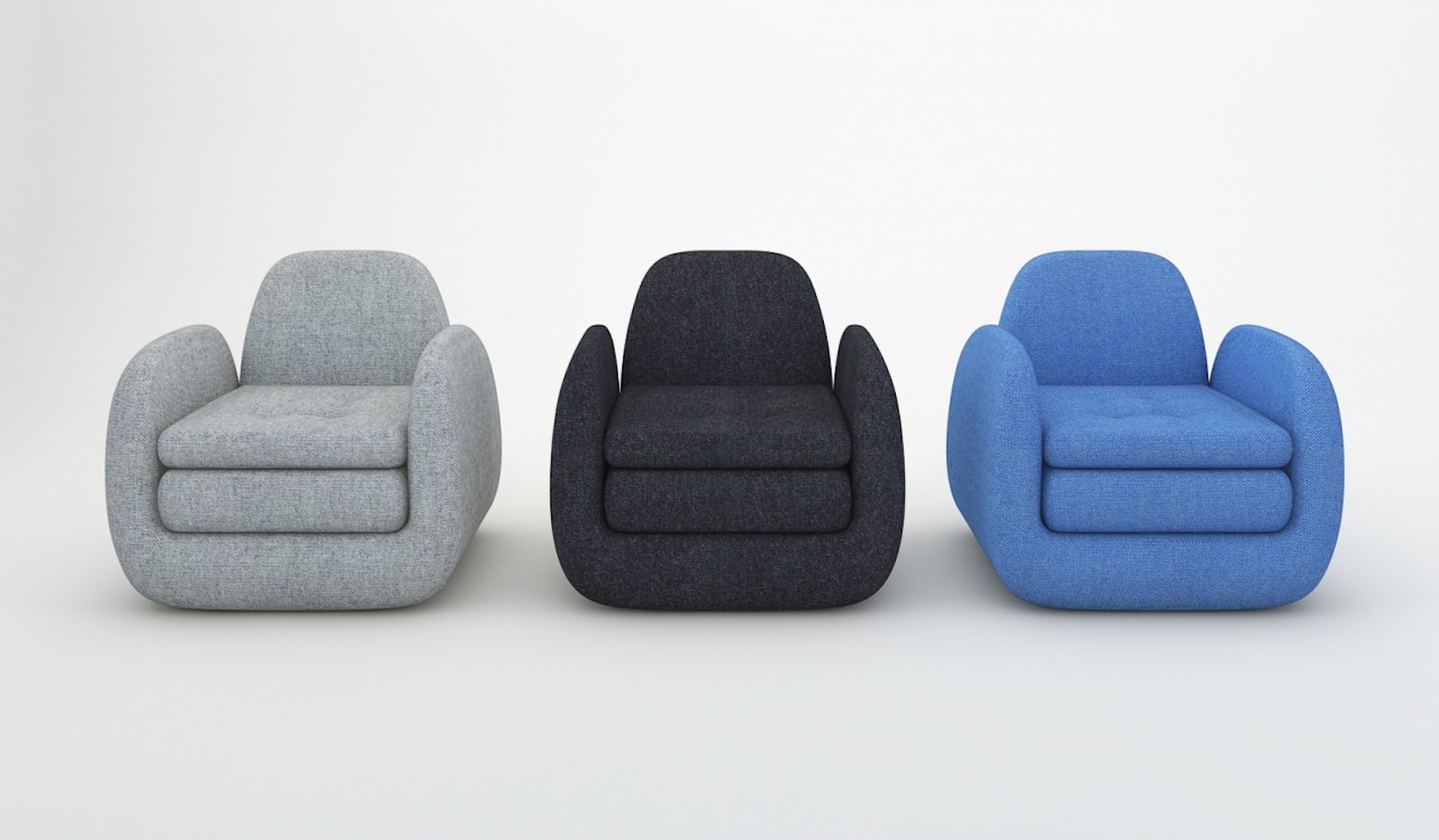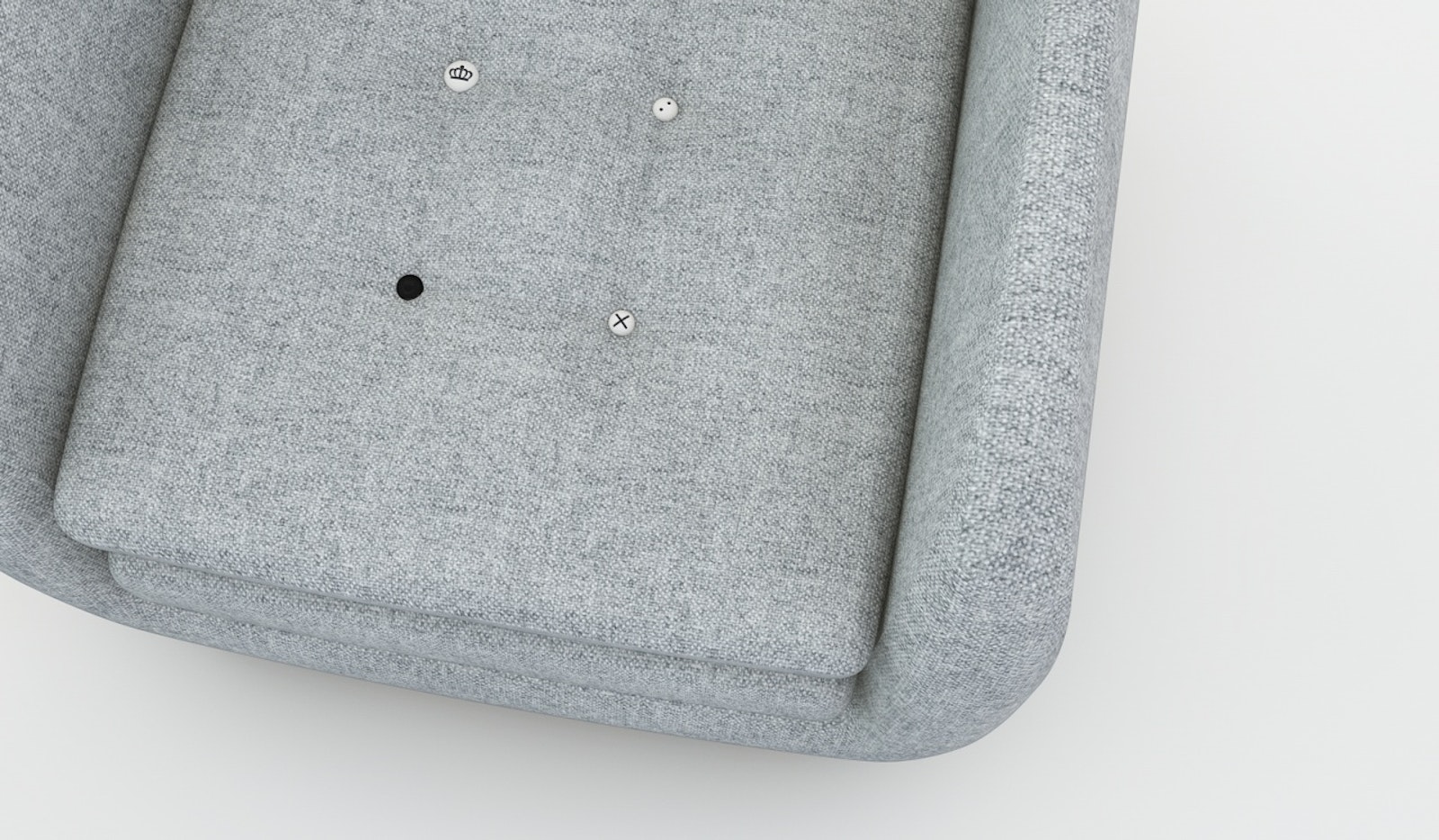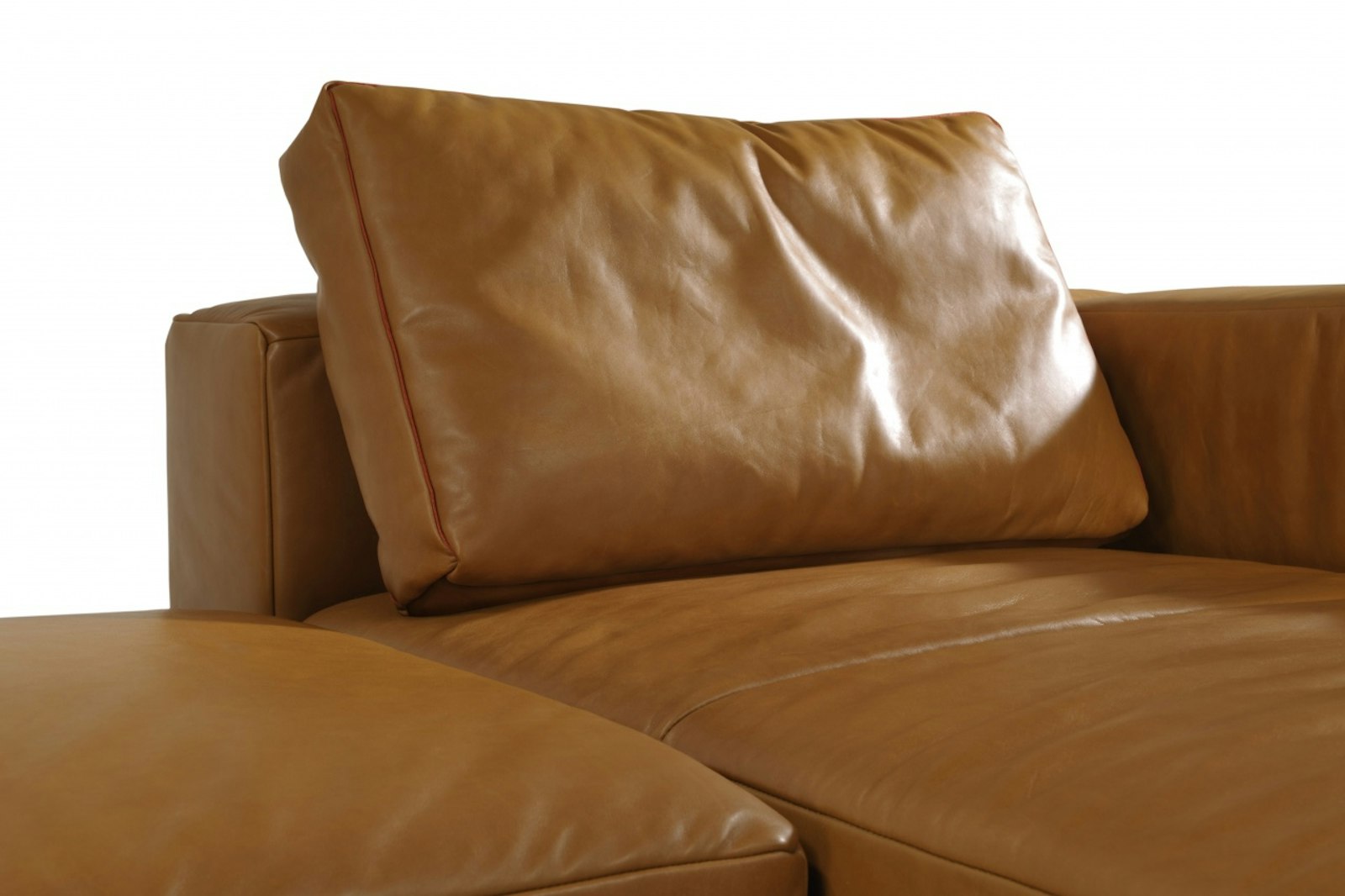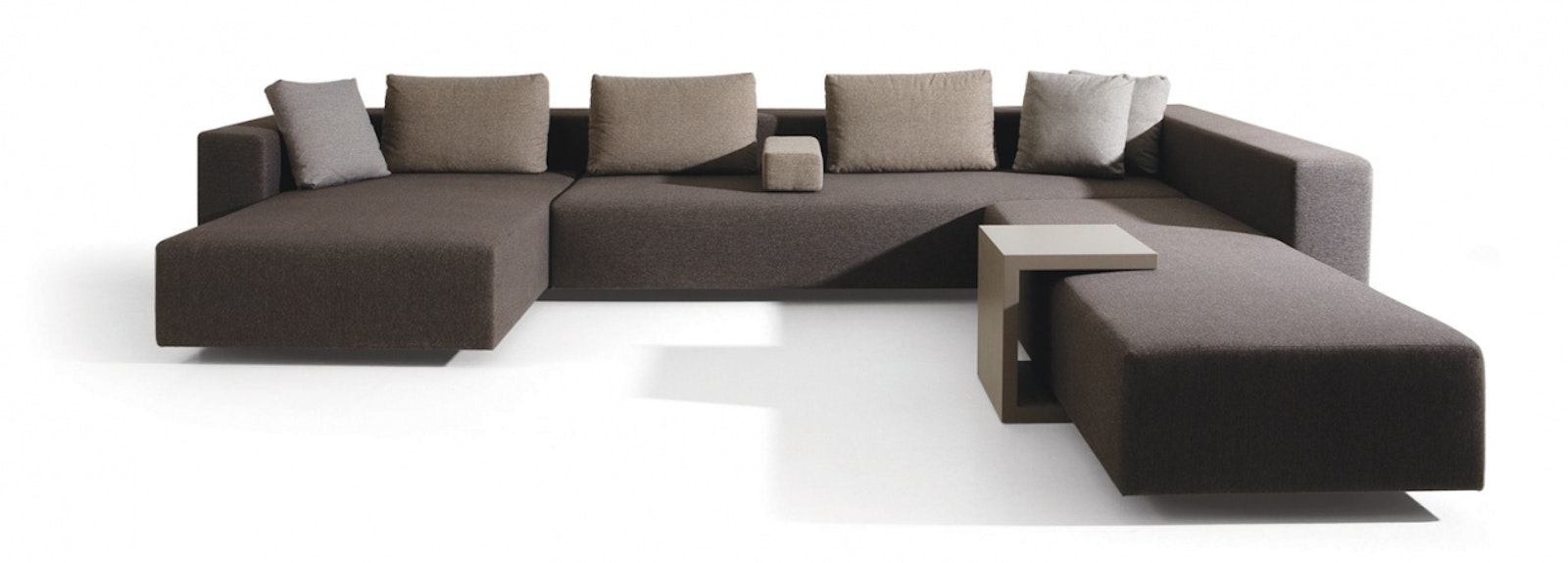de Velde
Indera
It might not seem like it but Indera is actually still a young company.
The power of innovation
The first plans were forged in 2004, and the first models were put on the market in 2006. It is but a youngster then, though one that stands tall with deep roots. Its roots are obvious when you arrive at the business park in Dilsen-Stokkem and see that the collection is displayed in the attic of an old mining building. The parent company Mecam, of which Indera is the youngest offspring, makes furniture in the surrounding buildings.
Indera was founded by Carl Meers. After studying economics and gaining considerable experience elsewhere, his uncle asked him to join Mecam. He knows the strength of the company, where everything is made in-house and where an impressive amount of knowledge and craftsmanship is accumulated. He grew up there, but after a while he felt at odds with the character of the furniture that the company produced. It was too traditional for Carl.
He therefore proposed to strengthen Mecam by founding a new company: Indera, which would occupy a very specific position in the design segment. Indera wants to produce a unique contemporary sofa for each of its customers. Design furniture that can be customised, available from the better, specialist interior design stores. For Indera, ‘customisation’ means much more than simply choosing a fabric. It also involves dimensions, for example. In 2006 they were completely ahead of their time. Flexibility and modularity: manufacturers and trend watchers like to fence with the idea but few of them actually make sure that it is genuinely possible. At Indera several models have a number of crafty components that can offer endless variations. People move more frequently than they did in the past, after a relationship is over furniture is sometimes divided up or families grow. At Indera it’s not necessary to purchase a new sofa, since adding an extra element to the existing sofa solves the problem.
Indera works respectfully with various, often Flemish, designers. Beaverhausen, Bram Boo, Culdesac, Xavier Lust, Stefan Schöning, Wim Segers, Gert Van Der Vloet and Fabiaan Van Severen have all produced designs for Indera. Each year Indera brings out at least one new sofa, supplemented with smaller pieces of furniture. Indera will not be rushed in this respect; the company believes and invests in its partnerships with designers and they strive to create furniture that will be part of the collection for at least ten years, preferably longer.
The Curaçao by Fabiaan Van Severen was one of the earliest designs. You can immediately detect the Indera DNA in its various components (corner element, sofa bed, three-seater sofa, lounge bed) that can be combined in several ways. The moveable backrest means that you can adjust the depth of the seat to your personal preference.
In 2008 Indera, along with Xavier Lust, received the Henry van de Velde Label for the Flow, a sofa with an aluminium backrest and frame filled with soft, comfortable cushions. The sofa is formed from a single high quality aluminium sheet so that it can be used indoors as well as outdoors.
Vida is a recent creation by Studio Segers for Indera. This sofa is available in a Creamy version (plump, soft cushions and a soft line) and as Vida Raw, a sleek, minimalist sofa. The Raw is sleek but the use of materials means it is also extremely comfortable, because the foam moulds itself to the shape of the body. The Vida Creamy exudes comfort and relaxation.
Meanwhile the Crossed Legs by Fabiaan Van Severen is a design classic that adorns many a living room. This chair, along with other designs by Fabiaan Van Severen, went into production this year at Indera.
From its conception Indera has not focused solely on the affluent individual, but works with the designers to ensure that the seating is also suitable for the project market, often in a somewhat stripped down or – if you prefer – ‘pure’ version: a successful exercise whereby you sometimes have to pause to be able to recognise the original piece. The redesigned pieces provide the same seating comfort, use the same frame and offer just as many options for combining the elements. This is creative and economically appealing and not just for Indera. For example in the library in Genk you will find an entire series of Sintese seats that as a whole form a large seating landscape. If the library wants to use the space to hold a reading it can easily be disassembled and rearranged in a completely different configuration, ready to receive the audience.
For Indera its collaboration with the various designers is the ultimate complement. Together they create designs that match the company’s DNA. And the thought process doesn't stop there. Work has begun with Studio Segers on a new project, B by Indera. Not everyone can indulge in an Indera seat and therefore people explore what’s on offer in the large furniture stores. B by Indera will be a budget-friendly collection that you’ll also find in those stores. It focuses less on modularity and cannot be customised to the same extent but it offers comfortable and contemporary furniture, designed and produced in Belgium.
The furniture’s modular aspect and extensive possibilities for customisation mean that Indera invests heavily in communication with and training for its sales staff and interior architects. It is therefore logical that the website opens with a short film depicting the furniture growing and changing according to the user’s needs.
Indera furniture is now readily available in the Benelux. As a result of a well-thought-out trade fair strategy (they have participated in the Milan Furniture Fair since 2008 and regularly visit Paris and Cologne) they are now expanding to the rest of Europe. In some aspects Indera still relies on Mecam’s knowledge, and with good reason. In forty years the parent company has evolved into the largest seating manufacturer in Europe and employs 350 people. A good enough reason therefore to make use of their expertise. The development, production and packaging are all managed by Indera’s own staff. They already employ quite a few people and together they account for thirty-five full-time jobs.
